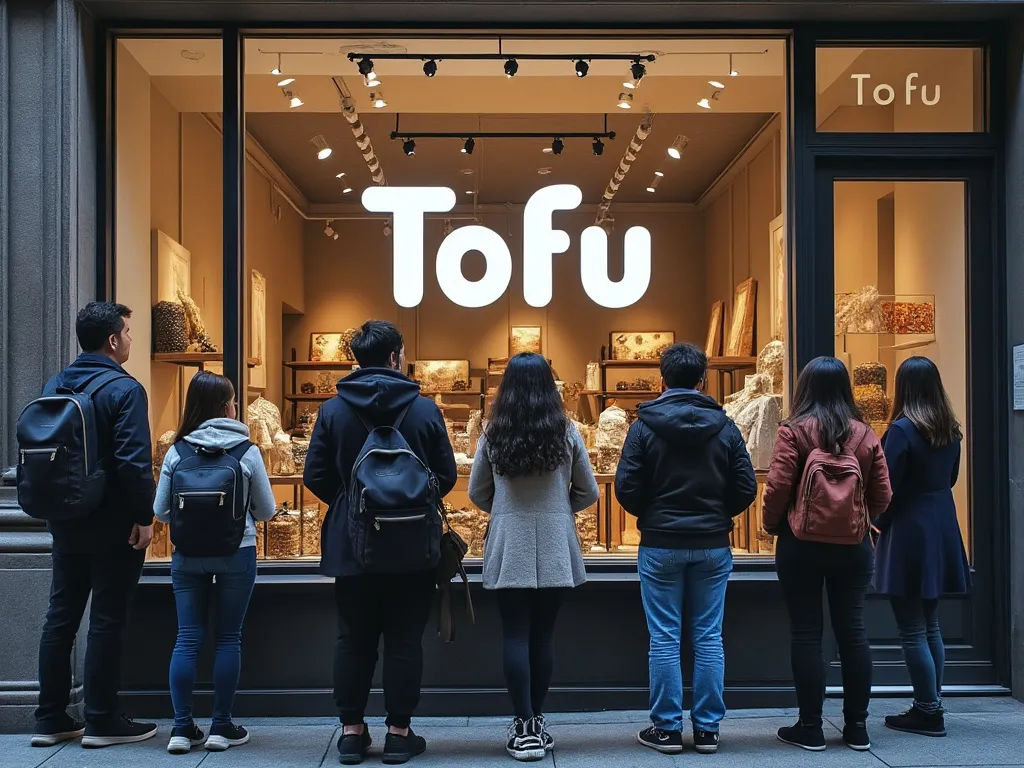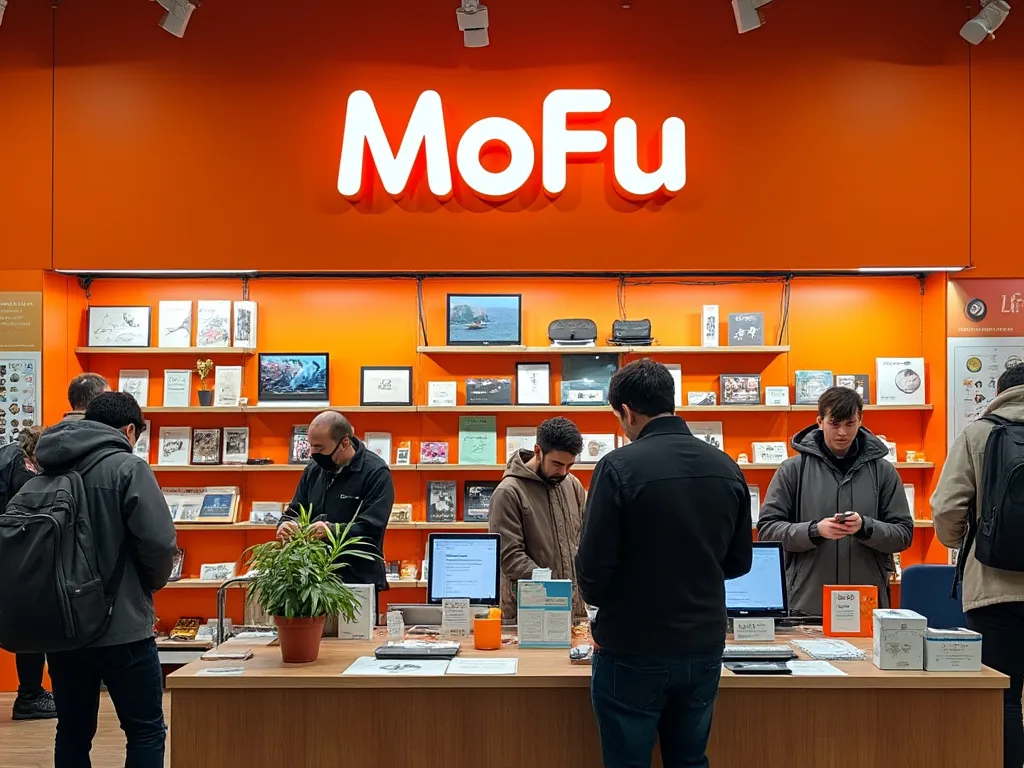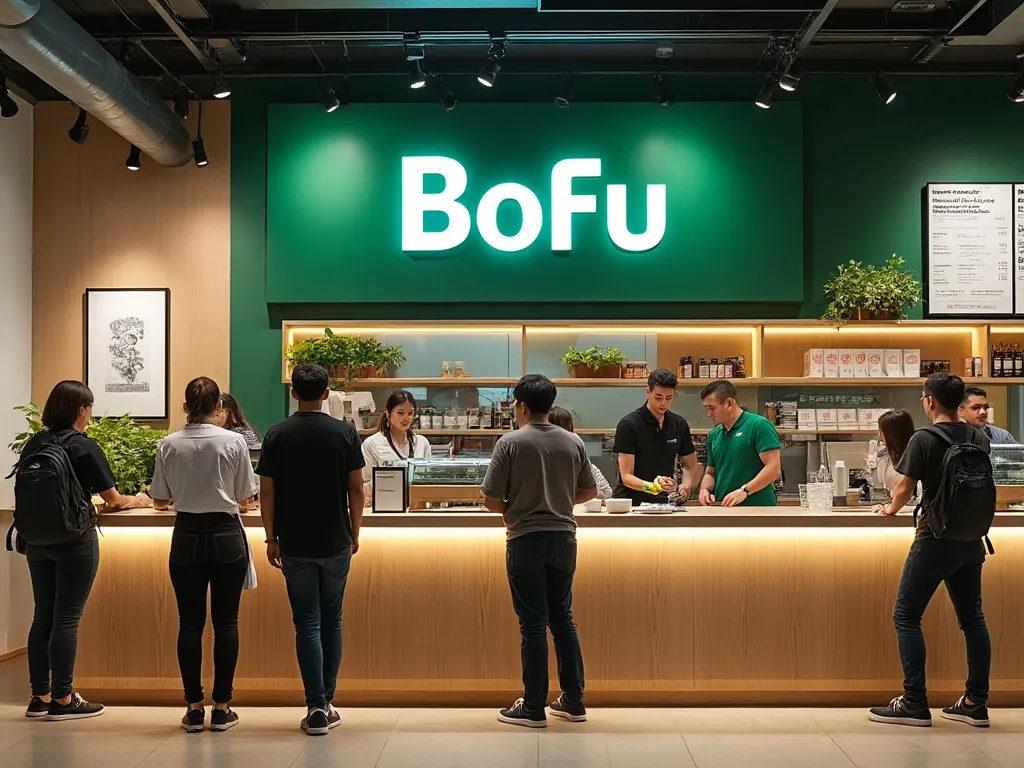
The Only Marketing Concept You Need to Understand: ToFu, MoFu, BoFu Simply Explained
Marketing can seem overwhelming with so many strategies and buzzwords flying around. But there’s one simple concept that helps you organize everything: ToFu, MoFu, BoFu. These strange-sounding terms refer to the different stages of a customer’s journey from just discovering your brand to making a purchase. In this article, we’ll explain these terms using easy-to-understand language and analogies that make them feel like second nature.
What is ToFu, MoFu, and BoFu?
magine you’re a shopkeeper and customers walk into your store. Not all of them are ready to buy something. Some are just browsing, some are considering their options, and a few are ready to make a purchase. In the world of marketing, this journey is often split into three stages: ToFu (Top of the Funnel), MoFu (Middle of the Funnel), and BoFu (Bottom of the Funnel).
Each of these stages helps you understand where your customer is in the process of making a decision. Let’s break them down using an analogy of running a physical store:
Stage 1: ToFu (Top of the Funnel) – The Browsers

Objective: Grab attention and introduce your brand to as many people as possible.
In the ToFu stage, think of customers walking past your store window. They haven’t decided if they’ll come in yet—they’re just noticing what’s there. At this stage, they’re not looking to buy; they’re gathering information or solving a problem they’re aware of. Your job is to catch their eye.
How to Attract Them:
Content that solves a problem: Write blogs, social media posts, or create videos that help people. For example, a cooking website might post a free recipe that brings in food lovers.
SEO and Social Media: Like a well-decorated store window, using SEO (search engine optimization) and social media helps more people find your content.
Examples of ToFu Content:
How-to guides
Informational blog posts
Educational videos
Your goal here is simple: attract as many people as possible to get interested in your brand.
Stage 2: MoFu (Middle of the Funnel) – The Shoppers

Objective: Provide value and help potential customers decide if they should consider your product or service.
Now, imagine some of those browsers have stepped inside your store. They’re not quite ready to buy, but they’re interested. In the MoFu stage, customers want more detailed information. They’re comparing options, looking at reviews, and trying to see if your solution is right for them.
How to Keep Their Interest:
Provide in-depth information: This could be in the form of product demos, webinars, or case studies that explain why your product works.
Build trust: Show testimonials from happy customers or offer free trials so they can experience what you have to offer firsthand.
Examples of MoFu Content:
Comparison guides
Product demos
Case studies
At this stage, your content should help answer any questions and ease concerns. It’s like having a helpful store associate who answers all of their questions but doesn’t push them to buy.
Stage 3: BoFu (Bottom of the Funnel) – The Buyers

Objective: Convert leads into paying customers.
Finally, we’ve reached the BoFu stage, where people are ready to make a purchase. Imagine that a customer in your store has picked up an item and is heading towards the checkout counter. They’ve done their research, and now they just need a little nudge to hit the “buy” button.
How to Seal the Deal:
Offer incentives: Discounts, free shipping, or special offers can encourage them to finalize their decision.
Provide a smooth buying process: Make the checkout process easy and straightforward, whether it’s online or in-store.
Examples of BoFu Content:
Discount codes or promotions
Free trials or samples
Product comparison charts
Just like a friendly cashier might offer a discount at checkout, you can provide that final push for the customer to make the purchase. It’s all about making their decision as easy as possible.
Making the Journey Smooth: A/B Testing
Now that you understand the stages of the funnel, it’s important to remember that marketing isn’t one-size-fits-all. Different tactics work for different audiences, and this is where A/B testing comes in. A/B testing is like trying out two different versions of the same thing (e.g., two different sales pitches or ad designs) to see which works better.
For example:
You could test two different headlines on a blog post and see which one brings in more readers (ToFu).
You could try sending different types of emails to people in the MoFu stage to see which one gets more clicks.
By constantly testing and adjusting, you’ll discover what works best to attract, engage, and convert your customers.
Conclusion: One Simple Concept, Big Impact
Understanding ToFu, MoFu, and BoFu is all you really need to create a successful marketing strategy. By breaking your customer’s journey into these three stages—just like a shopper exploring your store—you can offer the right content at the right time. From attracting attention (ToFu), nurturing interest (MoFu), and driving conversions (BoFu), you’ll be better equipped to guide potential customers smoothly through your funnel and turn them into loyal buyers.
By keeping things simple and always improving, your marketing efforts will deliver consistent results that grow your business.


